
Photos: Inside India’s Fight Against COVID-19
As India braces for a third wave of COVID-19, the country is still reckoning with the aftermath of a devastating spring.
The images from India’s second wave are harrowing. Packed hospitals, overwhelmed health care workers, and desperate patients tell the story of a country devastated by COVID-19. Urban and rural, rich or poor, communities across India are still reckoning with the costs of a deadly spring: though the country’s official death toll is around 400,000, the real number could be in the millions, making COVID-19 one of the worst tragedies to ever hit India.
But inside India’s hospitals and villages — even as the threat of a third wave looms — there’s another story: a story of frontline doctors and nurses who now have the personal protective equipment they need. A story of villagers who are now masked, and families who are vaccinated. A story of patients who recovered because they had lifesaving oxygen in the moments that mattered most.
Project HOPE is working with local partners to distribute PPE, oxygen supplies, ICU equipment, ventilators, and other critical items to support India’s overwhelmed health care systems. Because even though the story of COVID-19 in India is filled with devastation, it’s also full of hope — and health workers nationwide who stand ready to answer the call.

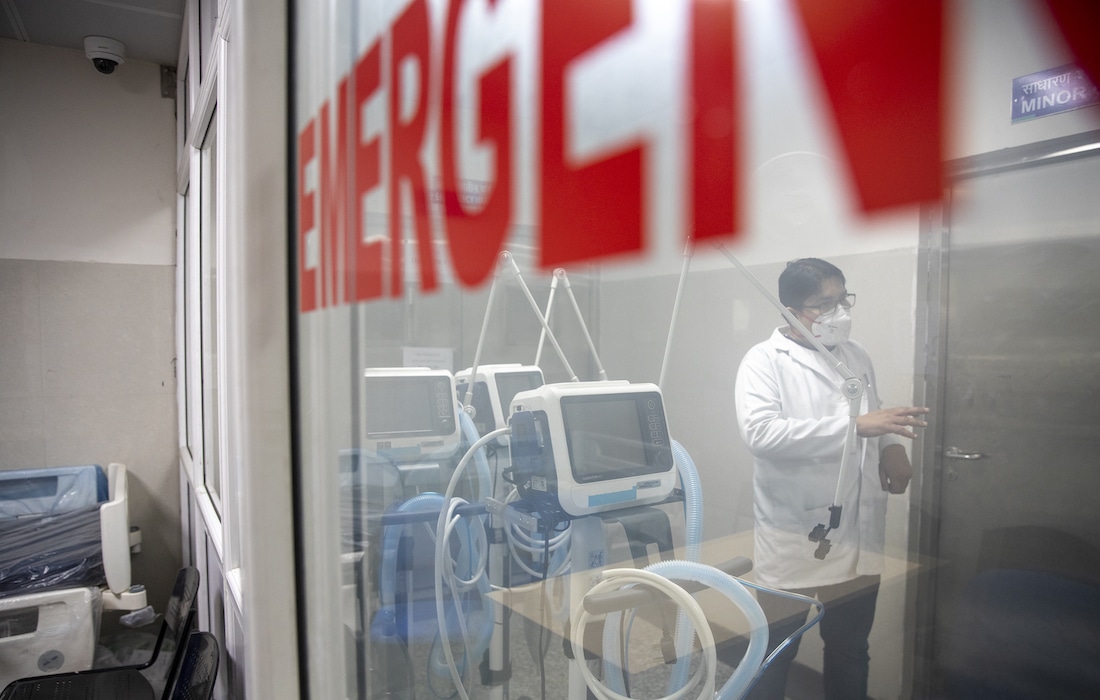
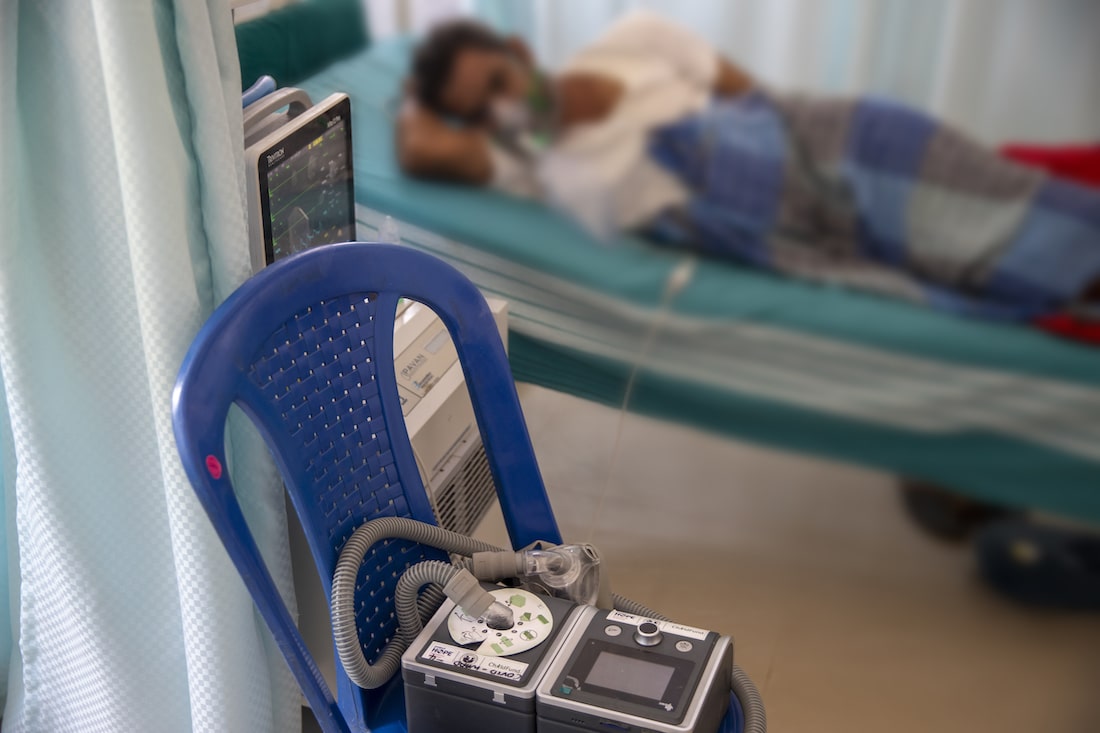
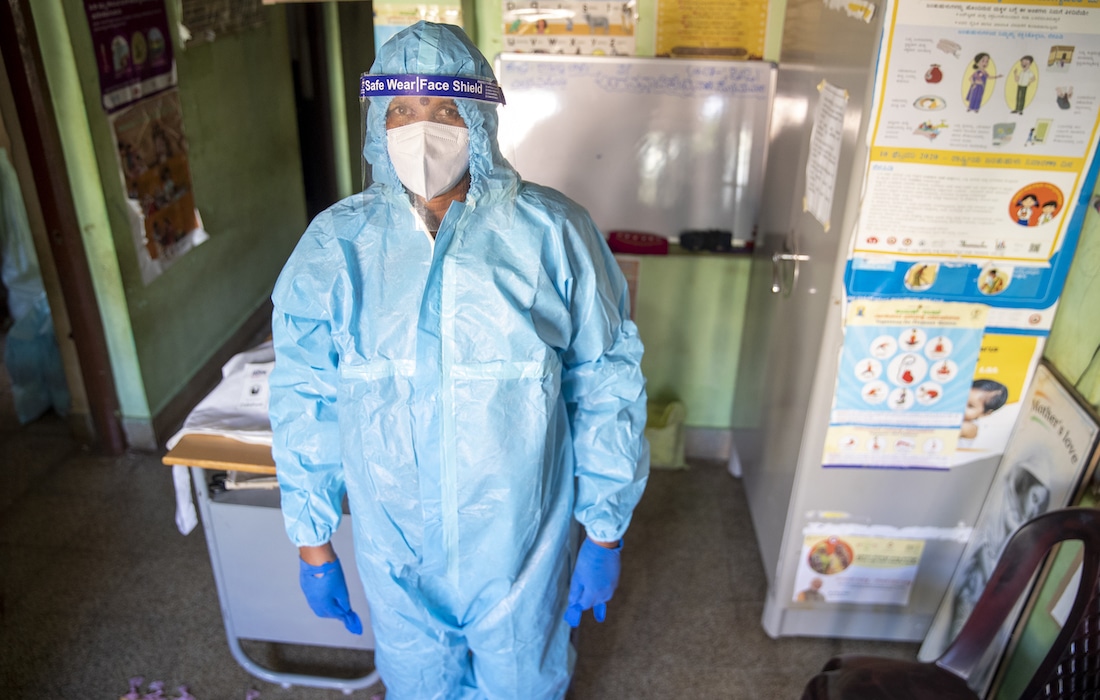

In India, COVID-19 prevention can look wildly different depending on where you are — especially in rural villages far from formal care.
The village of Kairapari in Odisha state is comprised mostly of people who are day laborers, many of whom earn as little as $2 a day. Because of the pandemic, work is harder to find: there are fewer jobs, and those who fall ill are unable to earn money. To help promote COVID-19 awareness, a van drives from village to village playing musical messages that teach COVID-appropriate behaviors, while local health workers go door-to-door distributing masks donated to Project HOPE by Bank of America.
The idea is to work at the grassroots level and reach people where they live, in their native language, using local community members they already know. Because the community health workers are from this village, residents trust them and are happy to welcome them into their homes. And it’s working: by late July, new incidences of COVID-19 in Kairapari had dropped to zero.

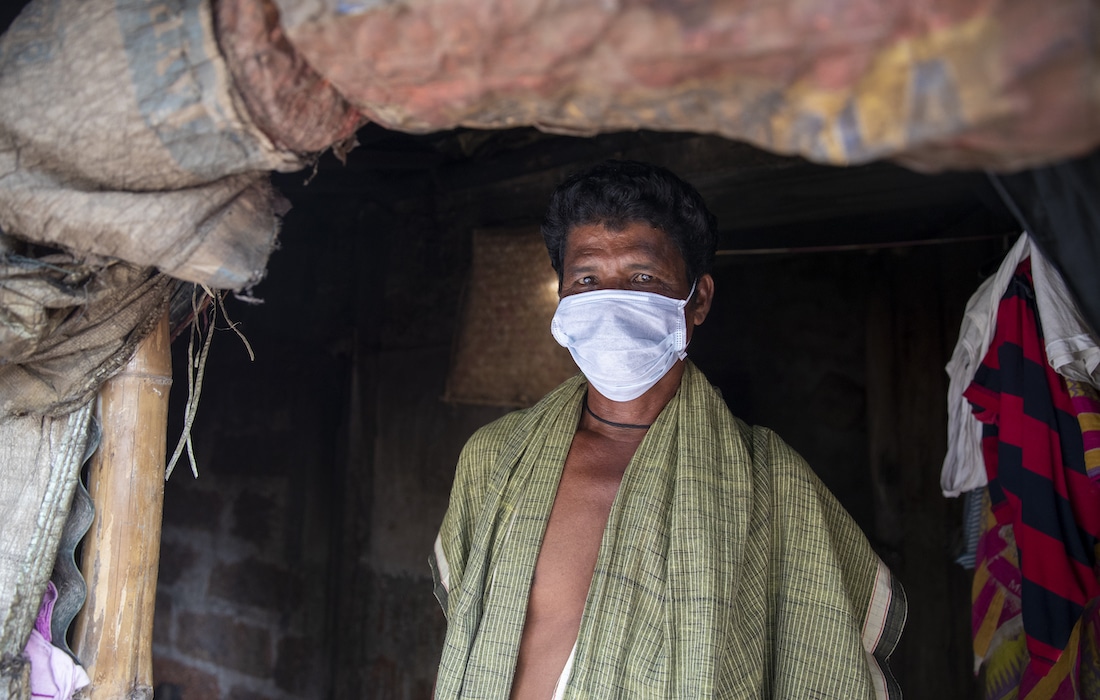

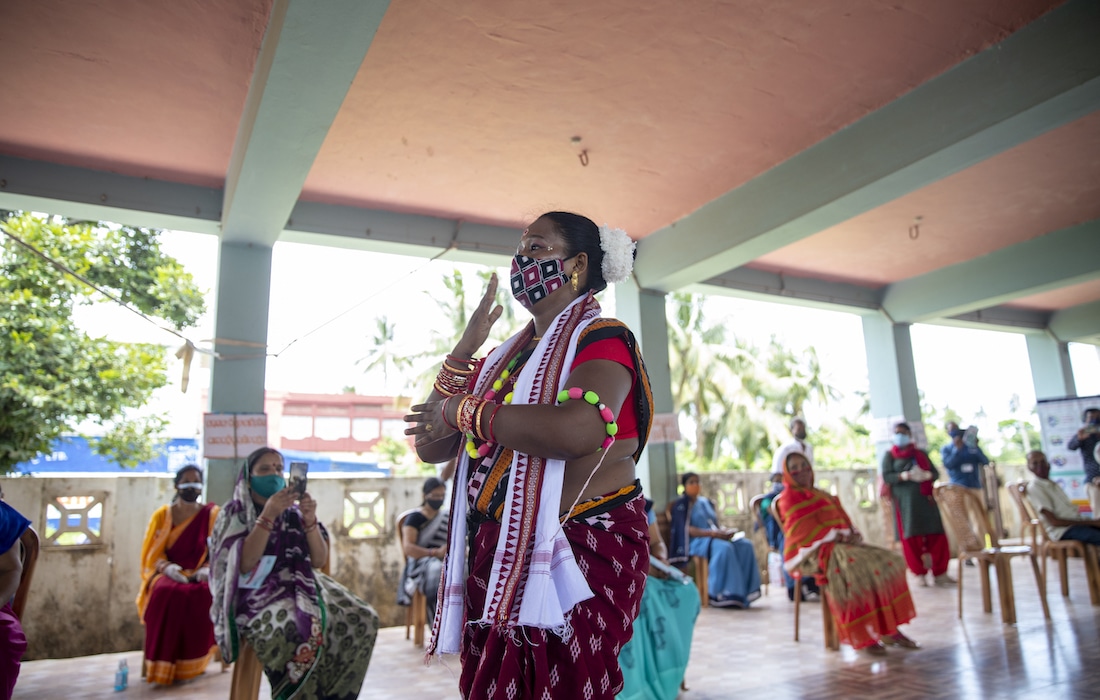
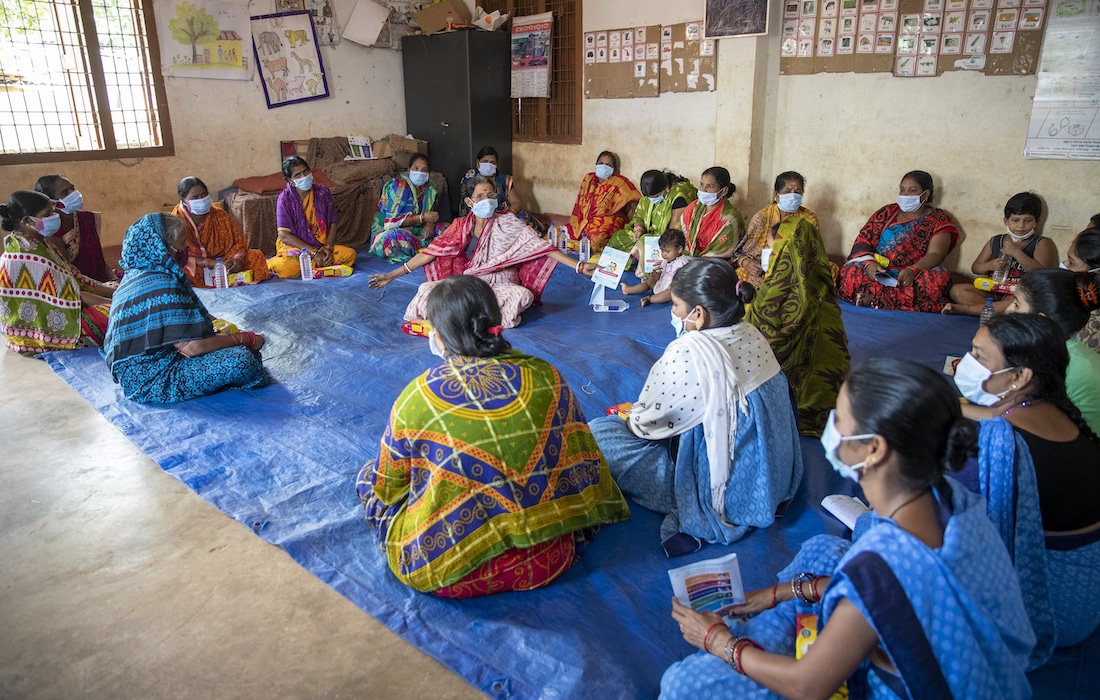


India’s COVID-19 facilities were designed for adult patients: often cold and clinical, they lack many of the features needed for pediatric patients’ well-being. Project HOPE and ChildFund India responded quickly to the need, rapidly updating existing healthcare facilities with child-friendly clinical spaces to accommodate the youngest patients and their families. The first pediatric COVID-19 ward, located at Cheluvamba Children’s Hospital in Mysore, was inaugurated in just 15 days.
Now, when children come to the hospital, they’ll be surrounded by toys, games, and warm surroundings that provide a welcoming place to receive treatment. But because COVID-19 is just one of many threats to children’s health, the wards are also being used to help kids recover from other illnesses and procedures.

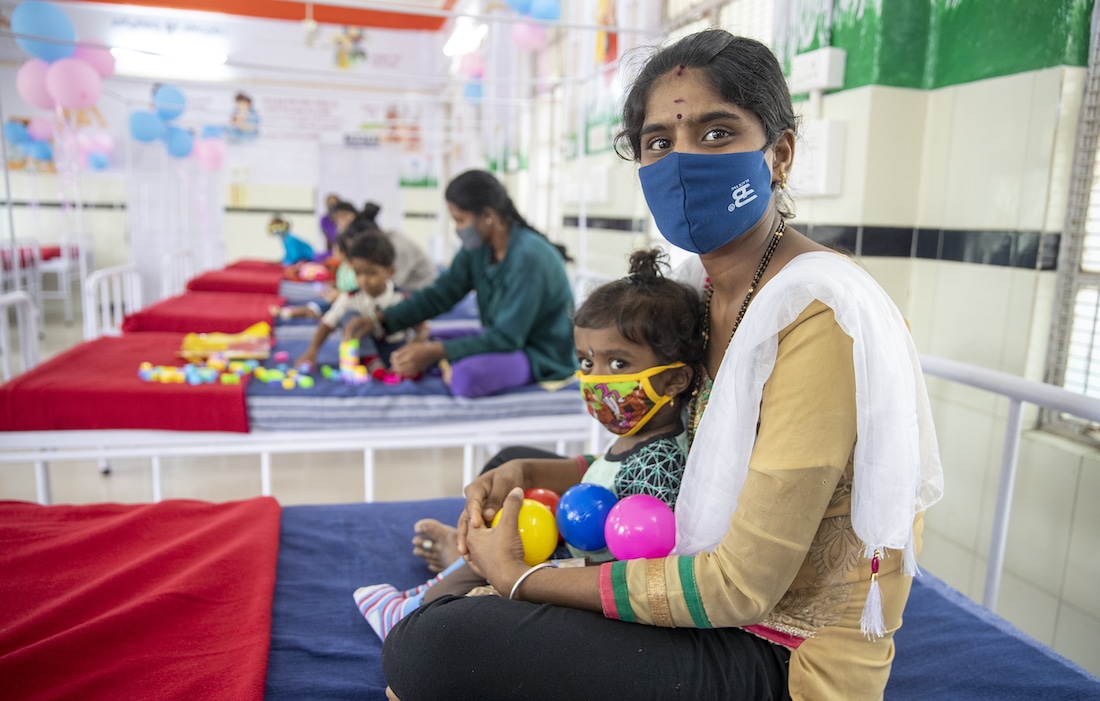
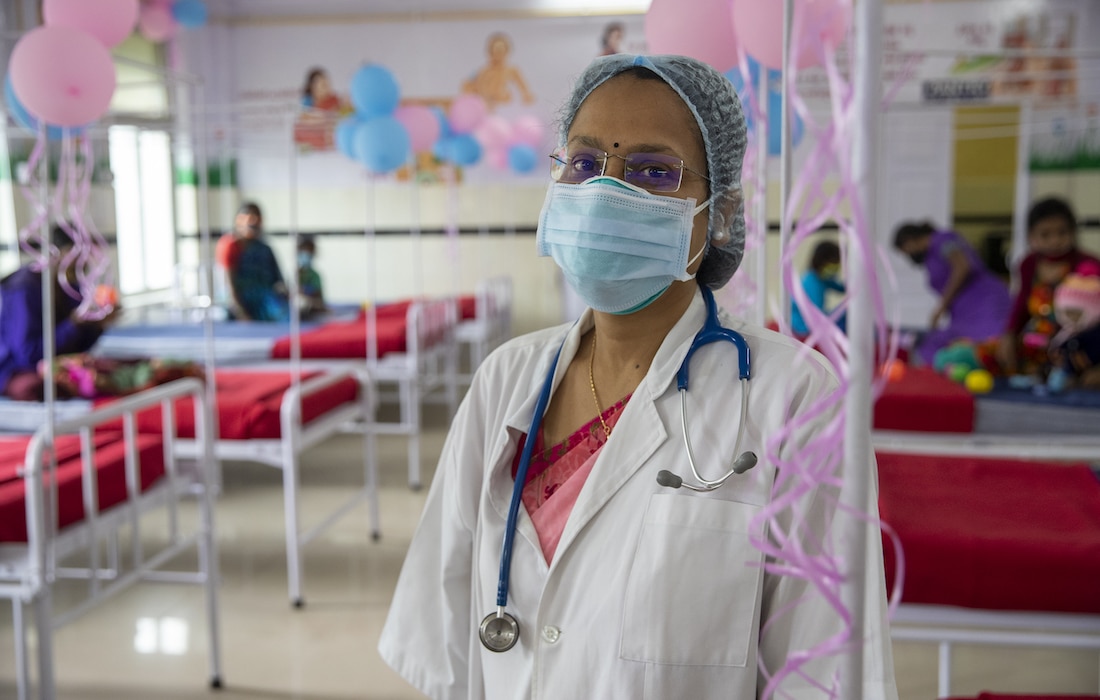
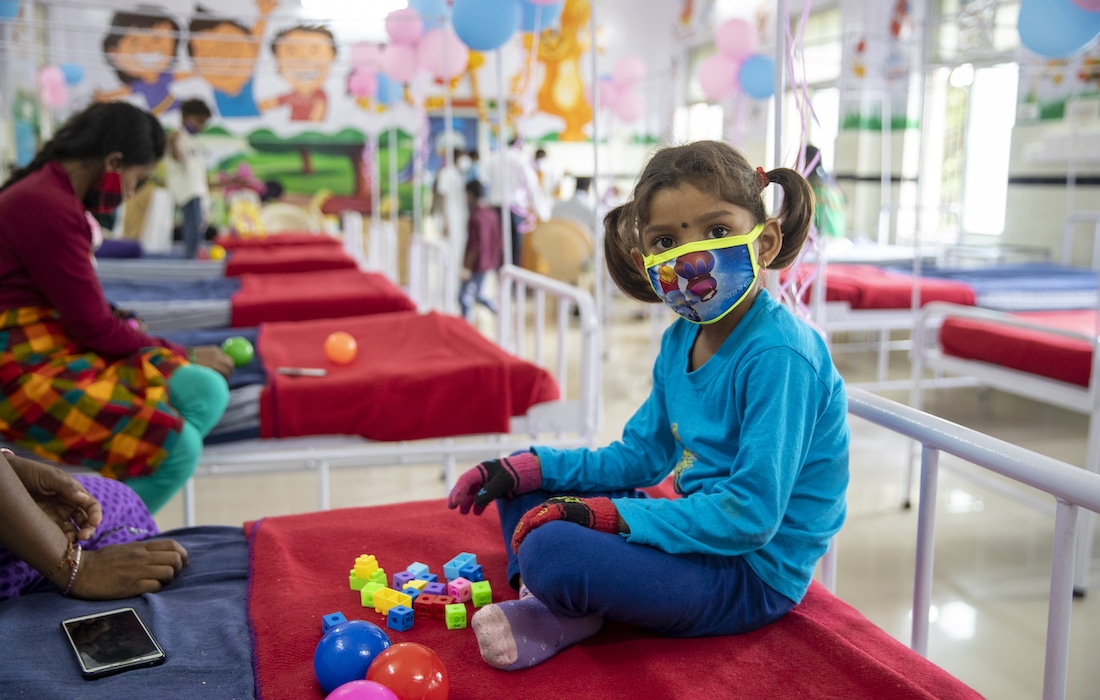

Though India is the world’s leading vaccine producer, the second wave all but halted vaccine production nationwide. When the wave peaked in April and May, just 2% of India’s population was vaccinated; since then, the number has risen to 7% — an increase of tens of millions of people, but still far from the numbers needed to prevent a future wave. Teams supported by Project HOPE are working across the country to rapidly promote vaccine awareness, reduce hesitancy, get people registered, and administer as many shots as possible.

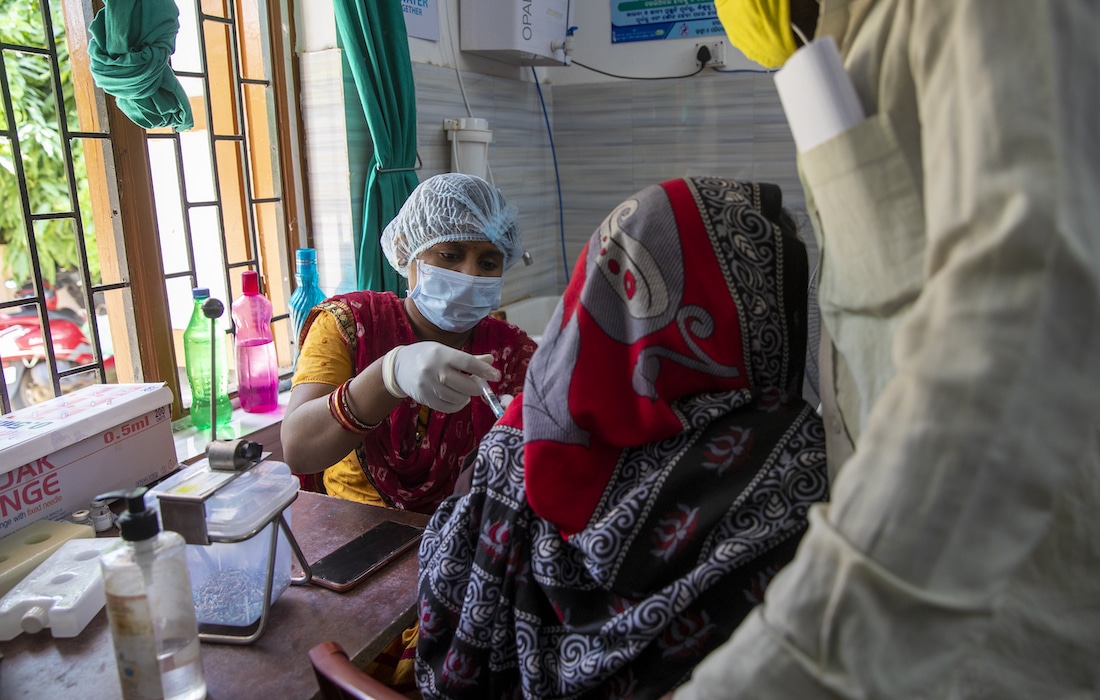
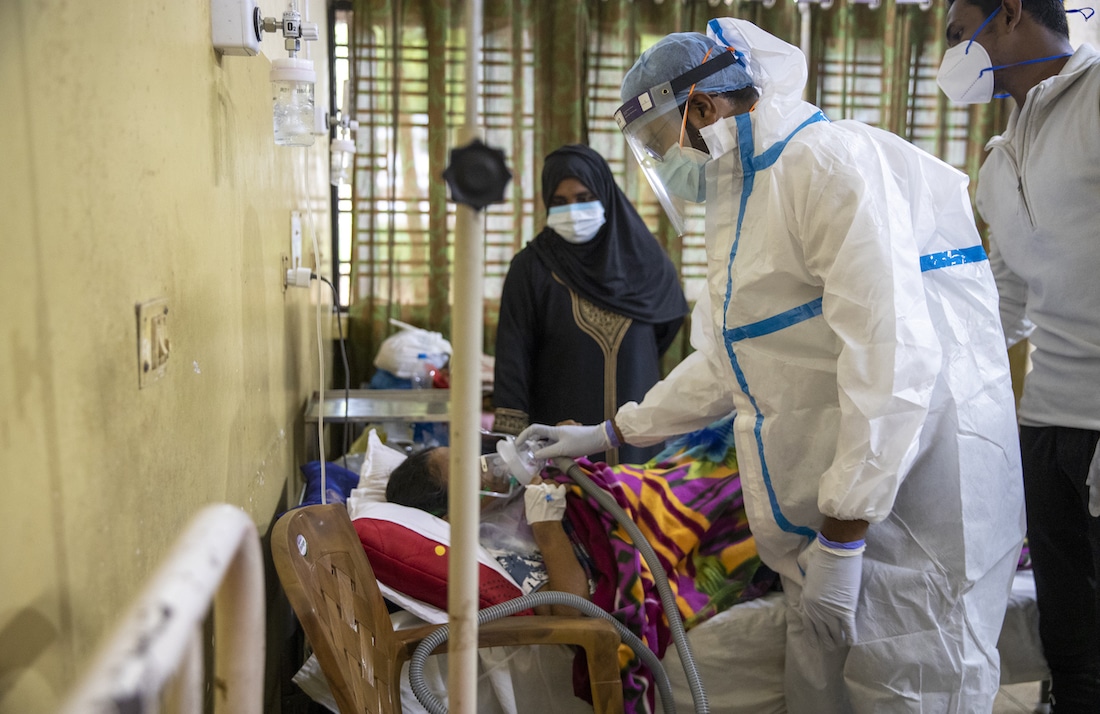

Amid the stories of tragedy and devastation, there are also stories of hope and recovery. Each one of India’s COVID-19 cases is a person: people like Krishnappa, 81, who pleaded with medical officers for two days before finally receiving a bed and oxygen. Or 17-year-old Arun, who lost his mother and nearly his father to the disease. Or Anthony, the sole supporter of a family of 10, who nearly died if it weren’t for oxygen Project HOPE provided.
Project HOPE is providing lifesaving support for India’s frontline health care workers. To learn more about our response and how you can help, click here.

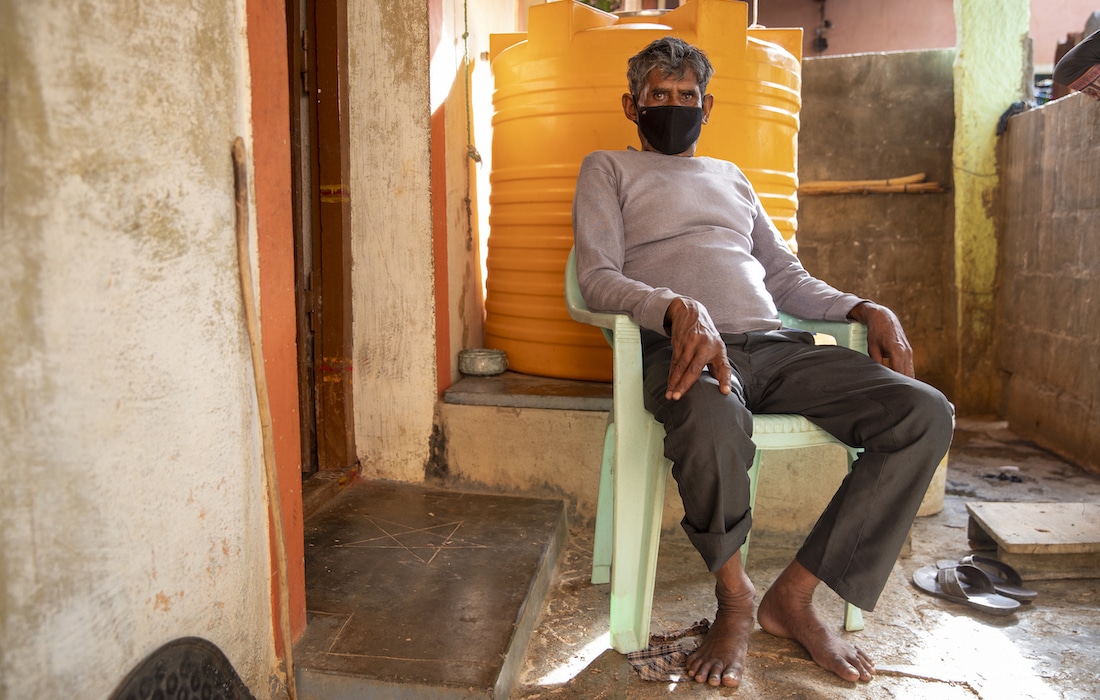
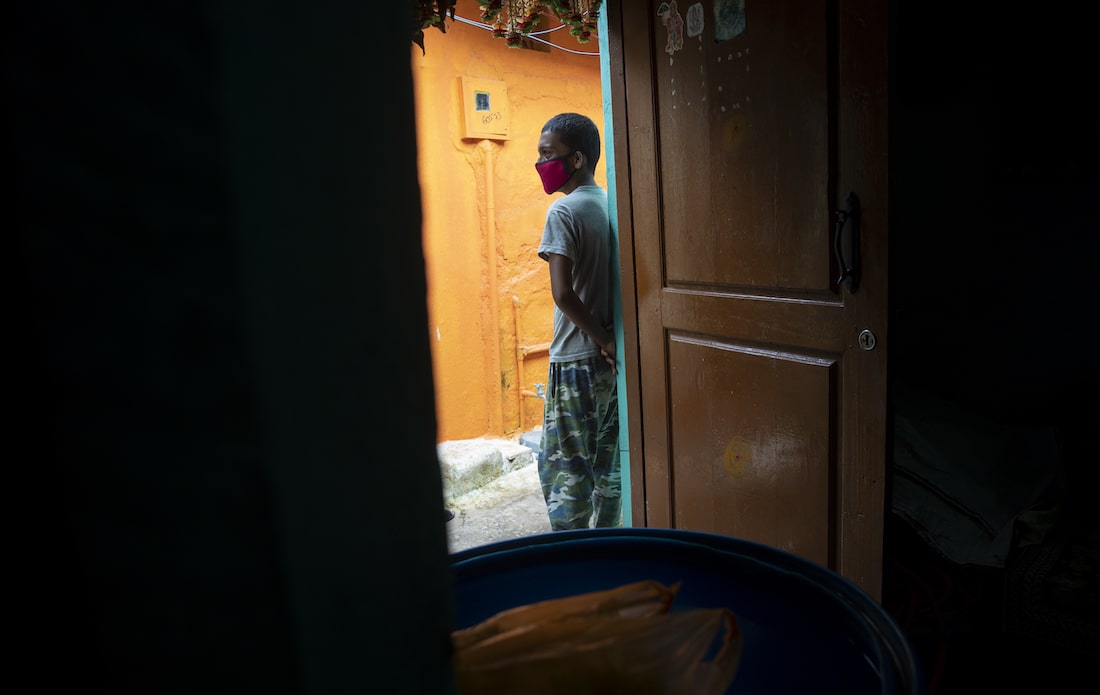
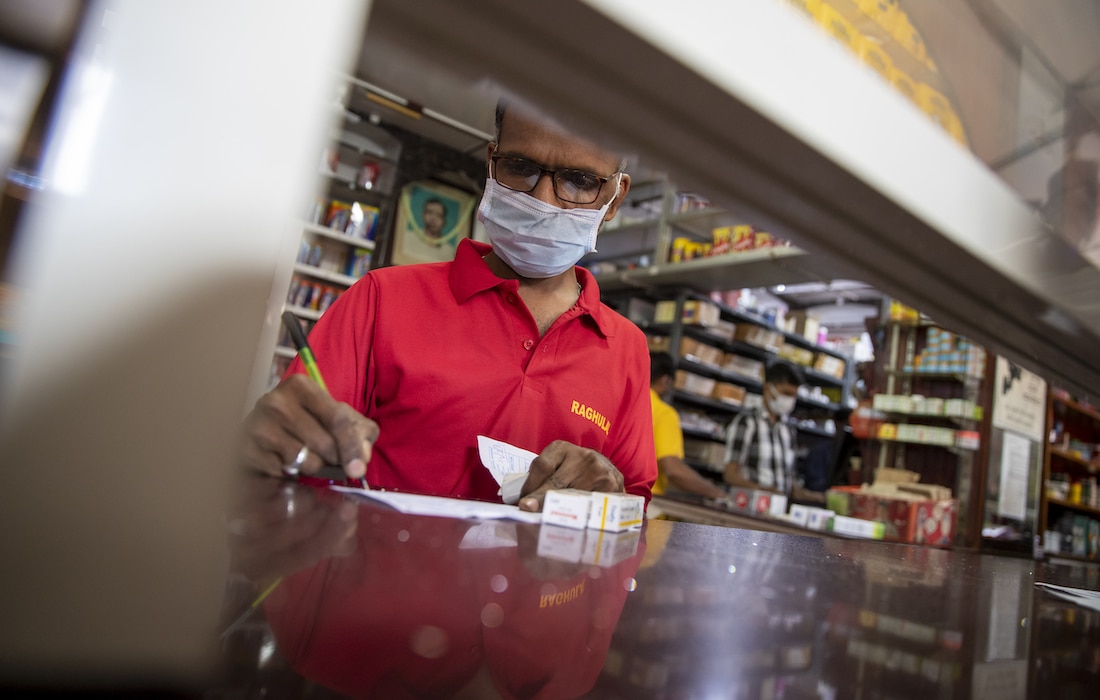
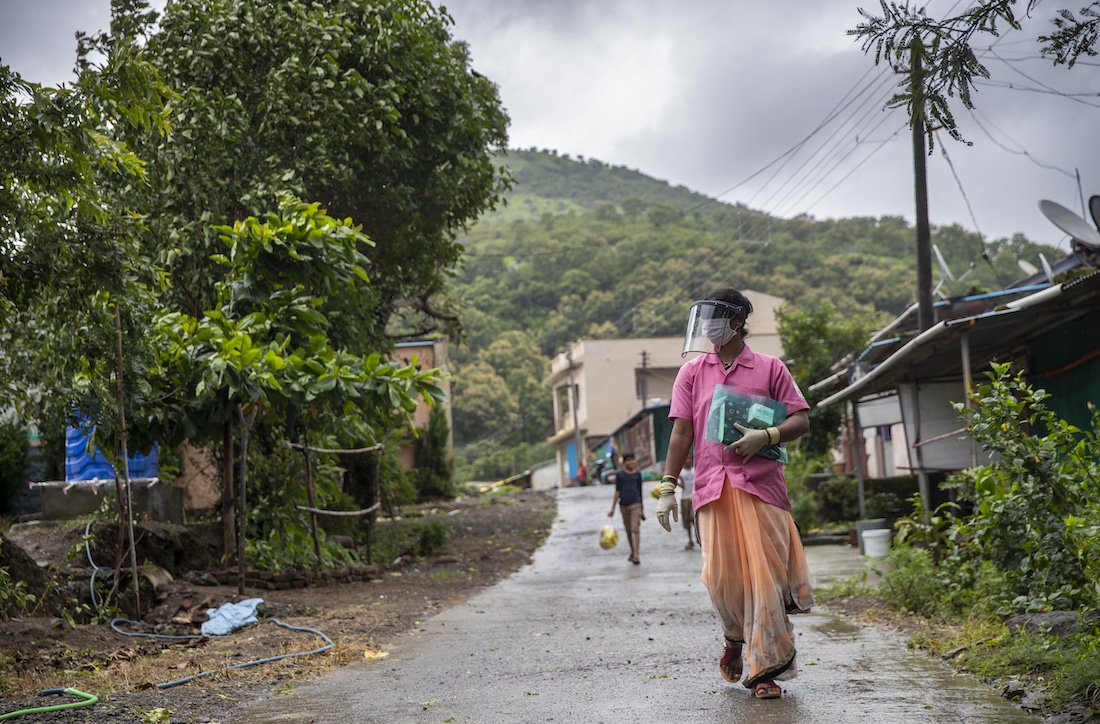
How you can help
Make a lifesaving gift to support our work now and for the future at projecthope.org/donate
Are you a health-care or other professional who would like to learn more about volunteering abroad with Project HOPE? Learn more about our volunteer program and join our volunteer roster.
Stay up-to-date on this story and our lifesaving work around the world by following us on Facebook, Instagram, LinkedIn and Twitter, and help spread the word by sharing stories that move and inspire you.